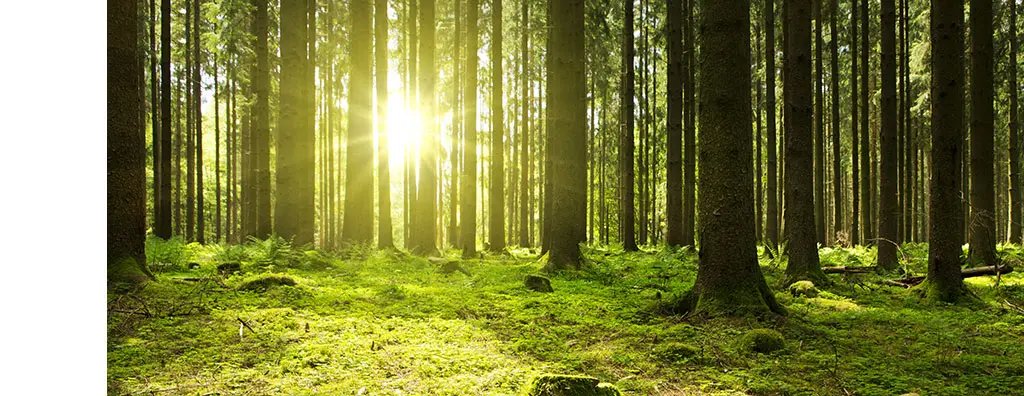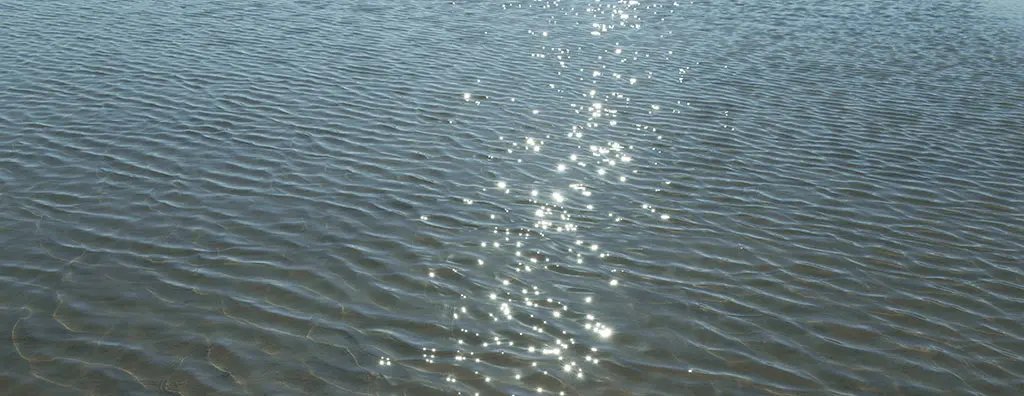

Responsibly managing the waste we produce

We work hard to manage the waste we produce in a responsible way. Our approach is based on reducing, reusing, recycling and recovering.
We reduce the amount we create as a by-product of our processes, we reuse where possible, we recycle in an effort to avoid disposal via landfill or incineration and where waste is incinerated, we recapture the energy.
Our ‘No Waste’ factory
We have set a waste management target to reach zero operational waste directed to landfill for all manufacturing sites by 2030¹. One of the ways we are getting closer to this is by working towards a circular economy model. In this model, durable goods are designed to be repaired rather than replaced, and biological materials are managed so they can be returned to the biosphere without contamination. It’s estimated that 90% of the raw materials used in manufacturing become waste before the product leaves the factory, and 80% of products made are thrown away within the first six months.
Driving continuous improvement in waste reduction and management with a focus on landfill disposal avoidance
Target: Landfill
By 2030,
we will reach zero operational ¹
waste directed to landfill
for all manufacturing sites
STATUS 2024
59%2
Actions and measures
- Applying circular principles in product design, sourcing, manufacturing and packaging
- Upcycling to reuse materials normally disposed of
- Acting on the principle of ‘no waste by design‘
- Excluding one time only waste and waste sent to landfill only when other existing technical alternatives are not allowed due to regulatory requirements.
- The status shows the percentage of sites already reaching our target.
Target: Disposal intensity
By 2030,
we will decrease
our operational waste
for disposal intensity
by 15% (baseline 2020)
STATUS 2024
– 8%
Actions and measures
- Applying circular principles in product design, sourcing, manufacturing and packaging
- Upcycling to reuse materials normally disposed of
- Acting on the principle of ‘no waste by design‘
On target²
- In 2024, the waste intensity KPI (calculated as the amount of waste for disposal that was sent to incineration and to landfill per tonne of product) was significantly reduced, with an improvement of 13% versus last year.
- As of the end of 2024, 59% of our sites were without landfill waste, representing progress towards our targeted 100%.
We believe that minimising waste is closely connected to responsible sourcing. By using raw materials in a mindful way and promoting sustainable working practices, we can cut down the amount of waste we produce and improve our environmental footprint.
Progress on waste 2020-2024
WASTE GENERATED BY TONNES | 20201 | 20221 | 20231 | 20241 | |
|---|---|---|---|---|---|

| Hazardous waste | 37,758 | 49,092 | 47,278 | 47,628 |
Non-hazardous waste | 74,375 | 83,536 | 72,246 | 69,946 |
The scope for assured environmental performance indicators (operations and supply chain) covers all production sites at all Givaudan entities and acquisitions (except for b.kolor) as well as for restatements for past years.
Access our non-financial figures tool
For more on our latest progress, read our 2024 Integrated Report on economic and ESG performance.
Upcycling
As part of our efforts to reduce waste, we have also been exploring upcycling. Also known as creative re-use, upcycling is all about transforming waste materials into new items of better quality. Much more than a passing trend, it’s a vital way for all of us to make better use of the earth’s resources and reduce waste. Find out more about some of our upcycled innovations.





